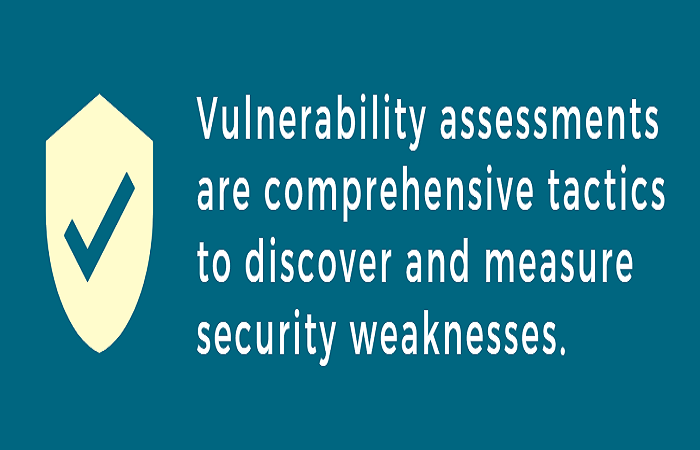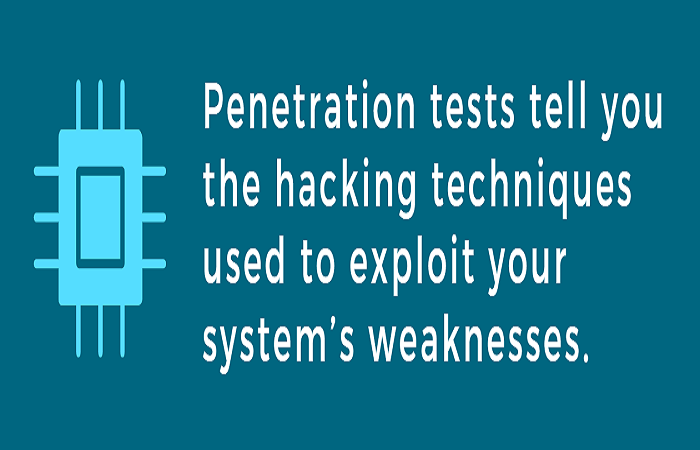Vulnerability Assessment and Pen Testing: Business owners have become more mindful of cybersecurity threats. As such, they are keen on working with cybersecurity companies to run vulnerability assessments and penetration tests to bolster their network’s cybersecurity.
Many of them, however, think both methods are the same and use both terms interchangeably when requesting quotes from various service providers.
Both processes are different.
If you’re looking to avail of either of them, you must know their differences so you can determine which service best suits your present and for the long-term needs.
In this post, we’re going to differentiate vulnerability assessment from penetration testing or pen tests so you can choose the ideal security scheme for your business.
Table of Contents
Vulnerability assessment explained
Vulnerability assessments are methods/techniques to discover security gaps and measure how susceptible you are to cyber threats. They serve as comprehensive examinations on your cybersecurity health.
Vulnerability assessments use automated tools and software to scan your networks and systems for publicly recognized weaknesses.
As comprehensive assessments, they list the security flaws detected in your IT landscape, letting you take on the corrective actions and install updated patches and required software versions.
Vulnerability scans usually go through this process:
- Conducting automated vulnerability scans
- Spotting and recording vulnerabilities according to the severity
- Alerting the asset owners of vulnerabilities uncovered
- Eliminating vulnerabilities
- Running tests to validate that vulnerabilities have been cleared up.

For the assessment to be valuable, your outsourced cybersecurity specialist should run the test on any devices with IP addresses, like laptops for both office and remote personnel, desktop computers, routers, printers, switches, servers, hubs, firewalls, and wired and wireless networks.
If that sounds too much for you, keep in mind that hackers can enter your network even though only one susceptible device and wreak havoc into your IT network.
Moreover, new vulnerabilities can emerge anytime and evolve. And worsen unless attended to, which is why you should scan for weaknesses regularly.
Pen testing explained
On the other hand, pen-testing imitates cyberattackers’ attempts to break into your IT networks and steal your assets or disrupt your operations so they can ascertain your defense robustness.
Using various tools and software, penetration testers (also known as ethical or white hat hackers) work to regulate critical systems and obtain entrance to your assets.
These ethical hackers can even implement manual techniques and their expert abilities to infiltrate your networks. They may even begin with vulnerability assessments, for instance, and others.
These tactics allow them to probe deeply into your company and IT set-up. And also find weaknesses that they can take advantage of.
Pen testers may execute their hacking attempts on your internal and external infrastructures. And directly on your web-based and mobile applications. Such as those used in email and social media marketing, among others.
Once the coverage of the test is in place, these ethical hackers vigilantly watch out for unencrypted passwords being transmitted, execute brute force attacks, social engineering schemes, and others.
They will use any possible form of cyber hijacking so they can give an in-depth analysis of your security health.

Besides the detected security gaps, pen testers present to you how they successfully accessed your networks “illegally,” the assets and systems they compromised. As well as how you can protect your IT landscape from common cyberattacks.
How do they differ?
Vulnerability assessment and pen testing differ in several aspects.
In terms of their objectives, the former pinpoints known vulnerabilities in your IT landscape. And the right preventive measures to eradicate those weaknesses or minimize your security risk.
Whereas, the latter mirrors actual cyberattacks, detects vulnerabilities, and attempts to exploit them, invade your network. And access your assets — all to verify how robust your defense controls are.
As to who conducts which, with what tools, internal IT units or outsourced organizations may perform vulnerability assessments using automated scanning software.
On the other hand, specialized cybersecurity companies provide pen testing services, as they have experienced ethical hackers who use automated tools and various manual tactics.
Often lengthy and detailed, vulnerability scan reports show you all uncovered weaknesses, categorized by severity or level of urgency. Many of them recommend corrective steps you can take to address the findings.
On the other hand, aside from details about your vulnerabilities, their ranking, and corrective actions, penetration tests tell you the hacking techniques (especially the successful ones) used to exploit your system’s weaknesses.

For the skill level, vulnerability assessments, especially those using automated solutions, may require only the fundamental knowledge of IT systems and operating the software for scanning.
Pen testers, however, must have relevant training, experience, and expertise to deliver value-filled services and reports.
As much as possible, they should hold certifications like GIAC Web Application Penetration Tester (GWAPT), Offensive Security Certified Professional (OSCP), and GIAC Exploit Researcher and Advanced Penetration Tester (GXPN).
They should also possess related technical skills in coding Python, Perl, Bash, and other programming languages.
Regarding the recommended frequency of operation, vulnerability assessments necessitate that you conduct them once every month. And the pen tests every six months.
Finally, if you’re wondering about the significance of each of these methods, vulnerability assessments identify your IT vulnerabilities and spot the devices and other aspects at risk.
Pen tests uncover weaknesses across your IT landscape, including compromised apps and devices. And help to diminish the chances of hackers exploiting them.
Which is better for my business?
Both vulnerability assessments and pen tests are crucial in preserving your cybersecurity and provide unique advantages according to the extent of your needs.
Both methods can detect vulnerabilities, gaps, and compromised IT facilities in your networks. List them by their severity, and recommend remedies you can implement.
However, penetration tests go beyond detecting vulnerabilities. They test your defenses through real hacking schemes to determine the safety of your IT environment and assets.
More than what you’re vulnerable to, you’ll find out the specific attacks hackers can unleash, which ones you’re susceptible to, how far the damage can go. And if your defenses can withstand them, among others.
With this information, you’ll have more direction in enhancing your cybersecurity program and the concrete actions to take.
As such, penetration tests can bring in more value to your business. Keeping your cybersecurity as sure-footed as it can be against hacking attempts.
Since vulnerability assessments present a surface-level and expansive approach to let you unearth weaknesses. And they are ideal for regular scanning in between pen-testing operations.
You can also scan for vulnerabilities as a rapid check when changes occur in your IT environment.
You can also run the assessment to ascertain your company’s exposure when you discover and announce a new critical weakness.
Vulnerability assessments are also useful for the initial inspection of your IT landscape. And you’re still getting started with your cybersecurity program.
Over time, however, once you’ve established your program and initially implemented it. You will need to run penetration tests before experiencing any data breach.
Penetration tests, then, give you a more solid picture of your security and prevention strategy against cyberattacks for your business.
Was this post helpful? Do share this with your colleagues now. Cheers!

